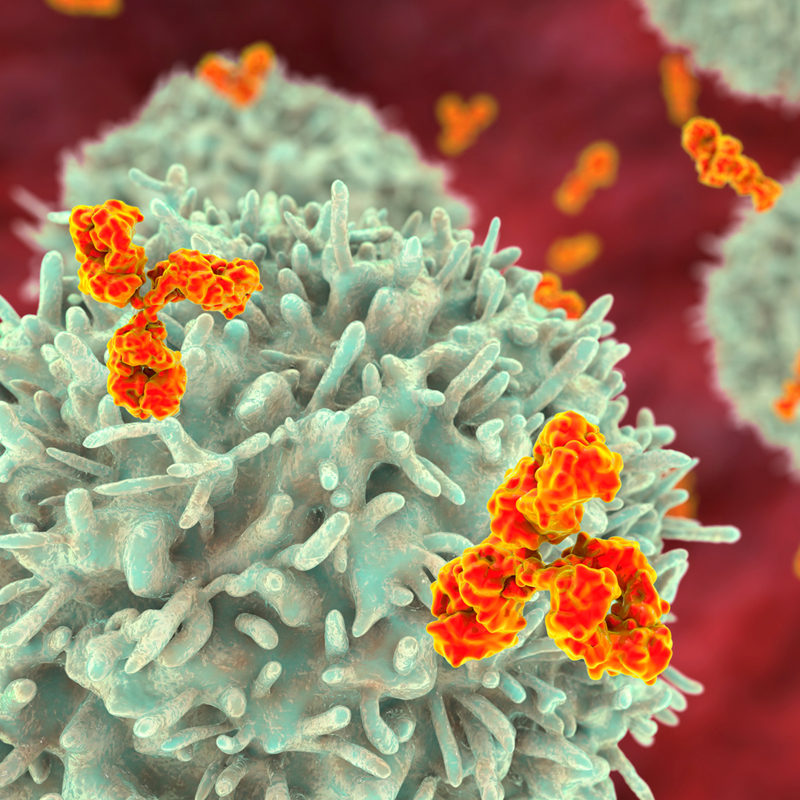Our immune system
Human immunity is constituted by a sophisticated system in the body, comprising a wide range of cells and different proteins. White blood cells are the main cells guarding the body from external attacks, which includes not just infection but cancerous growth. This system is relatively immature at birth, but gradually grows to becomes effective to protect health. Medical advances have contributed to improving out body defence through vaccination and the prescription of medicines that targets germs. Because of the complexity of the immune system, there is not a simple test or single measure which can measure out body's immune fitness.
HIV immune destruction
HIV causes persistent infection as a consequence of virus replication and the chronic activation of T lymphocytes. T lymphocytes are forms of white blood cells which are important components of our immune system. In the absence of antiviral treatment, the host immune response is gradually weakened. After 6-8 years, the immune system is so destroyed that most HIV-infected individuals develop opportunistic infections by bacteria, viruses, fungi, and may develop malignant conditions like lymphoma.
T-lymphocytes constitute a family of immune response cells of which CD4 cells play an important role during HIV infection. CD4 cells are T-lymphocytes targeted by HIV, and are also called T4 or T helper cells. HIV gets into the CD4 cell and multiply inside, making copies of itself as it grows. The infected CD4 cell subsequently swells, bursts and dies. The new HIV copies find their way to other CD4 cells and start the destruction process all over.
With antiretroviral treatment, CD4 count could gradually climb up to normal or near normal level. Even with the increased CD4 count, the immunological status of a person living with HIV is generally weaker than healthy adults. Precautions should be taken to protect health by adopting hygiene practices and receiving vaccination against influenza and other infections.
Download CU+ Apps for personal assessment.

